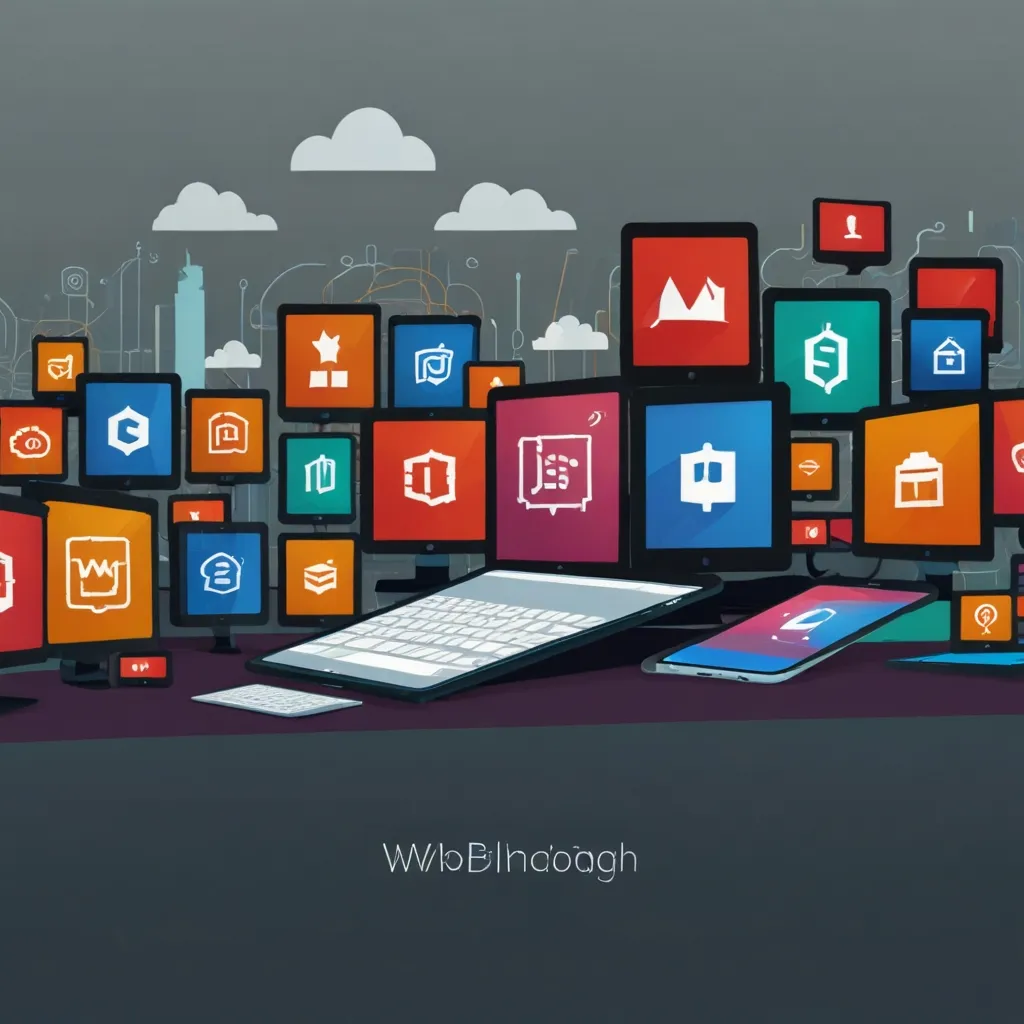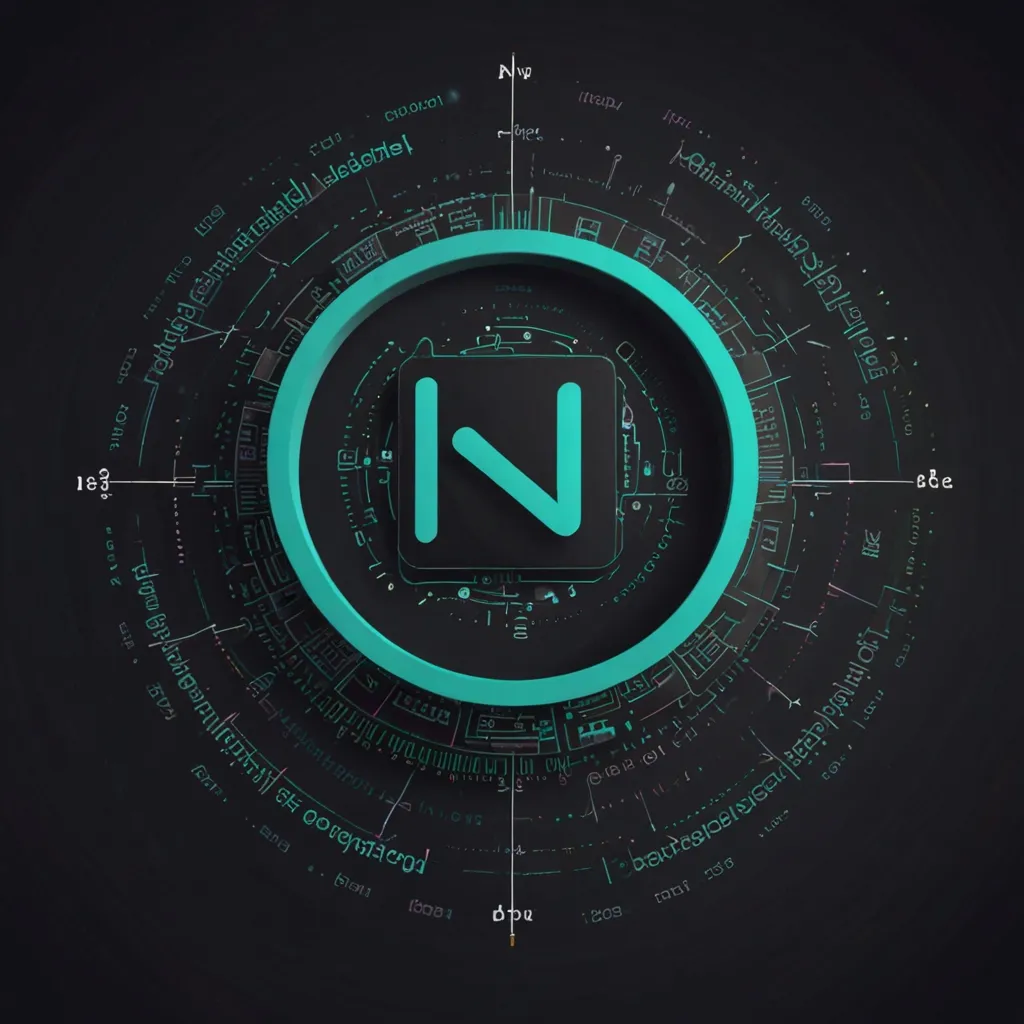Jumping into Ionic: Crafting Stellar Mobile Apps with Web Tech
Ever thought about turning your web development skills into mobile app magic? Well, say hello to Ionic. This nifty open-source framework lets you take your HTML, CSS, and JavaScript expertise and channel it into building slick mobile apps. And the best part? You can target multiple platforms like iOS, Android, and even whip up Progressive Web Apps (PWAs) all from just one codebase. Let’s break it down and get you started on this exciting journey.
What Makes Ionic Awesome?
Ionic is a total game-changer for web developers itching to venture into mobile app development. It’s free, it’s open-source, and it’s used by a global community. Think of it as your bridge from the world of websites to the dynamic universe of mobile apps. It’s versatile too, letting you build for different platforms using the skills you’ve already got.
Prepping Your Development Playground
Before we dive into app-building bliss, there’s some setting up to do. It’s like prepping your kitchen before cooking up a storm. Here’s your checklist:
First, grab Node.js and npm. Node.js is your JavaScript playground, and npm is the magic box with all the packages you’ll ever need. Hop over to the Node.js site, download, and install them.
Next up, install the Ionic CLI. This Command Line Interface (CLI) is like your new best buddy who handles creating, building, and deploying your Ionic apps. Fire up your terminal and run npm install -g @ionic/cli to get it.
And then, pick your code editor. Even though you can roll with anything, using the Ionic VS Code Extension can help you ace best practices and speed up common tasks.
Your First App Adventure
Alright, your workspace is all set. Time to cook up your first Ionic app. And guess what? It’s a piece of cake.
Start by creating a new project. Open up your terminal and run ionic start myApp tabs. This command whips up a basic tab-based app for you in no time.
After that, navigate to your new project by typing cd myApp. You’re now in the driver’s seat, ready to explore and expand.
Eager to see it all in action? Run ionic serve in your terminal. This fires up a development server, and you can open your app in your web browser to take it for a spin.
Now, let’s add some flavor to your app with Ionic’s pre-built components. Wanna throw in a tab bar, buttons, or a navigation menu? Go for it! These components are designed to work and feel just like native app controls.
Grasping Ionic’s Core Ingredients
To make your app truly scrumptious, you need to understand some core Ionic ingredients.
UI components are your building blocks. Ionic offers a smorgasbord of components like buttons, lists, and cards built using HTML, CSS, and JavaScript, ensuring they look tip-top on any device. For example, adding an action sheet to your app is as simple as:
<ion-button (click)="presentActionSheet()">Show Action Sheet</ion-button>
Navigation is the heartbeat of your app. With Ionic’s built-in navigation system, hopping between pages is smoother than butter. Use the ion-router to manage your routes and glide between pages effortlessly.
Got APIs to integrate? No worries. Ionic makes it a breeze to fetch data from external sources and showcase it in your app. APIs add interactivity, making your app feel lively and engaging.
Meshing with Popular Frameworks
Another feather in Ionic’s cap is its compatibility with beloved web development frameworks like Angular, React, and Vue. Stick to what you know and love while building marvelous mobile apps.
Angular aficionados will find comfort as Angular components meld seamlessly into Ionic, letting you craft robust single-page applications effortlessly.
React and Vue fans, rejoice! You can harness these frameworks’ power and integrate them into Ionic, making it easier to build high-quality mobile apps with familiar tools.
Cooking Up Custom Plugins
Sometimes, you may need to whip up custom native experiences. Ionic’s Plugin API lets you create custom plugins in Swift for iOS, Java for Android, or even in JavaScript for web, giving you the freedom to tailor your app to perfection.
Showcasing Your Masterpiece
Once you’ve crafted your app, it’s time to show it to the world. Ionic serves up tools to make deploying your app a breeze.
Capacitor, a cross-platform app runtime, allows you to deploy your Ionic creations directly to iOS and Android app stores. You can even create Progressive Web Apps for an all-encompassing presence.
Ionic Appflow steps in as the cloud-based hero that generates native builds, pushes live updates, and assists in publishing your app to the stores. It automates the grind, letting you focus on making your app better.
Performance and Design Flair
Your app’s performance and design are pivotal in ensuring it stands out.
Ionic apps are performance-optimized using tricks like hardware-accelerated transitions and touch-optimized gestures. This ensures your app runs buttery smooth on the latest devices.
When it comes to looks, Ionic doesn’t disappoint. It offers pre-designed components, stylish typography, and a versatile base theme that adapts to each platform, ensuring your app looks native and appealing right from the get-go.
Why Developers Dig Ionic
There are plenty of reasons developers are head over heels for Ionic.
First off, it’s “Write Once, Run Anywhere” mantra saves loads of time and effort. Code it once, deploy it across iOS, Android, and the web. Simple as that.
Ionic’s reliance on well-known web technologies and its rich library of pre-built components make it highly productive. You get from zero to functional app at lightning speed compared to traditional native development.
Aesthetic appeal is no problem. Thanks to Ionic’s design strengths, you can build dazzling apps even if your design skills aren’t top-notch. The strong design foundation ensures your app looks polished.
And don’t forget the community. Ionic boasts a vast and active community, meaning there’s no shortage of resources for learning and troubleshooting. You’re never alone in your Ionic journey.
Dive In and Build Something Awesome
Kicking off with Ionic is an exhilarating way to transform your web development chops into mobile app brilliance. Its robust CLI, extensive UI component library, and smooth integration with popular frameworks make it a go-to choice for developers. Whether you’re stitching together a simple app or crafting a complex enterprise solution, Ionic has your back. So, roll up your sleeves, start building, and see how Ionic can elevate your app development game.






